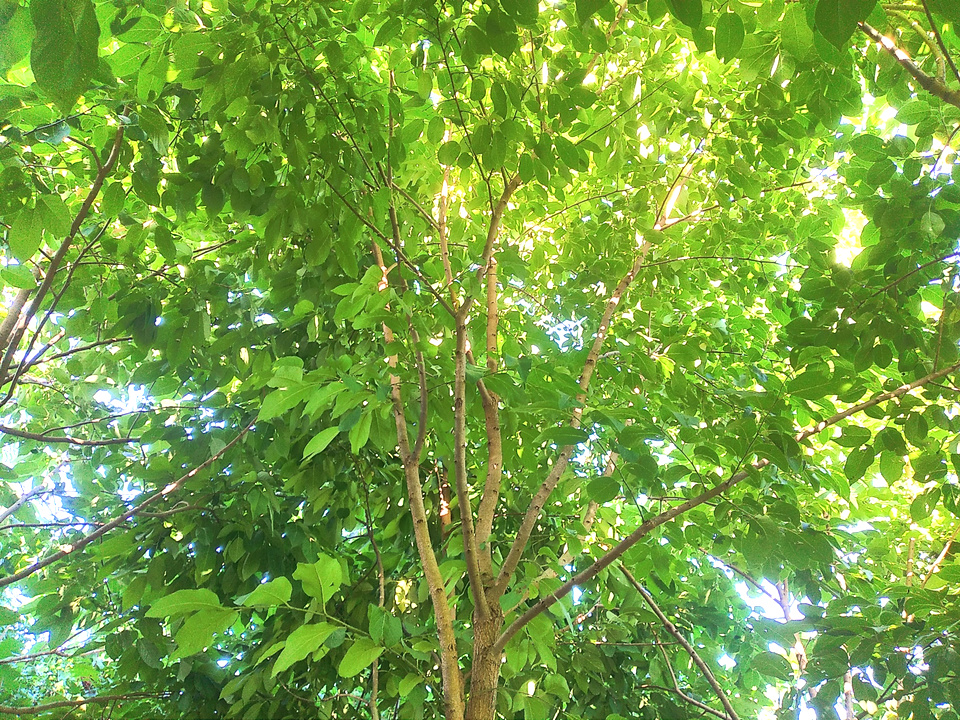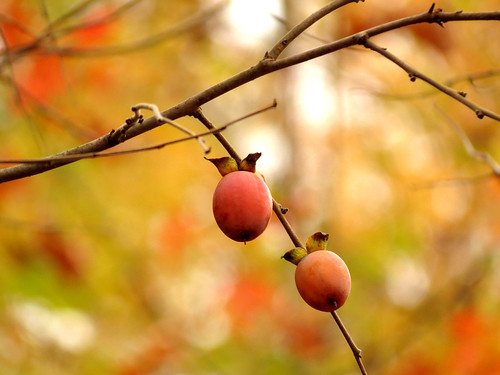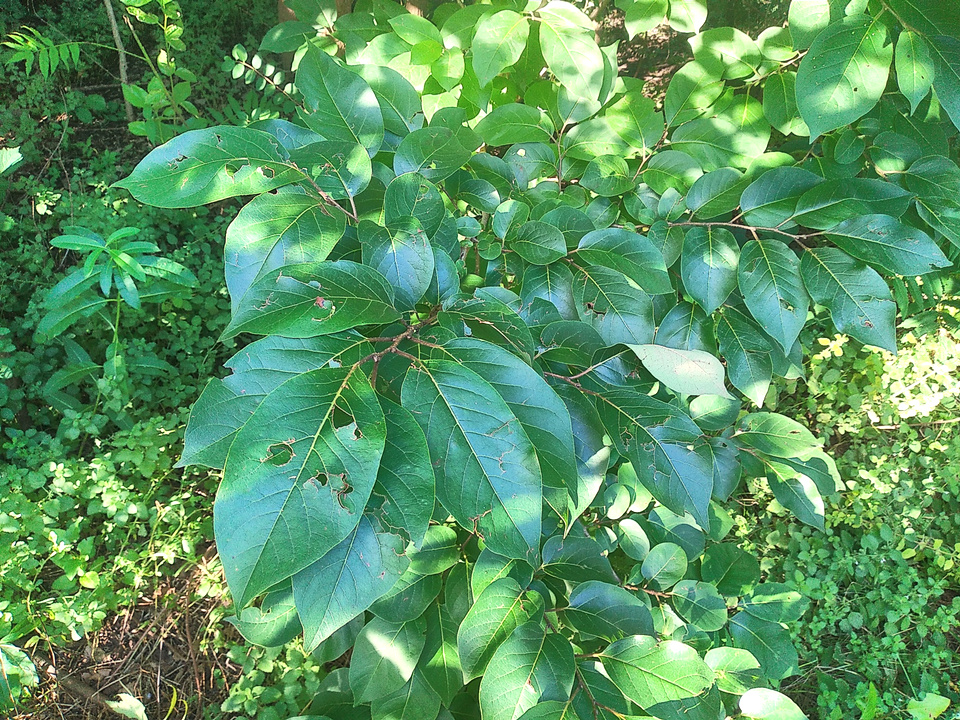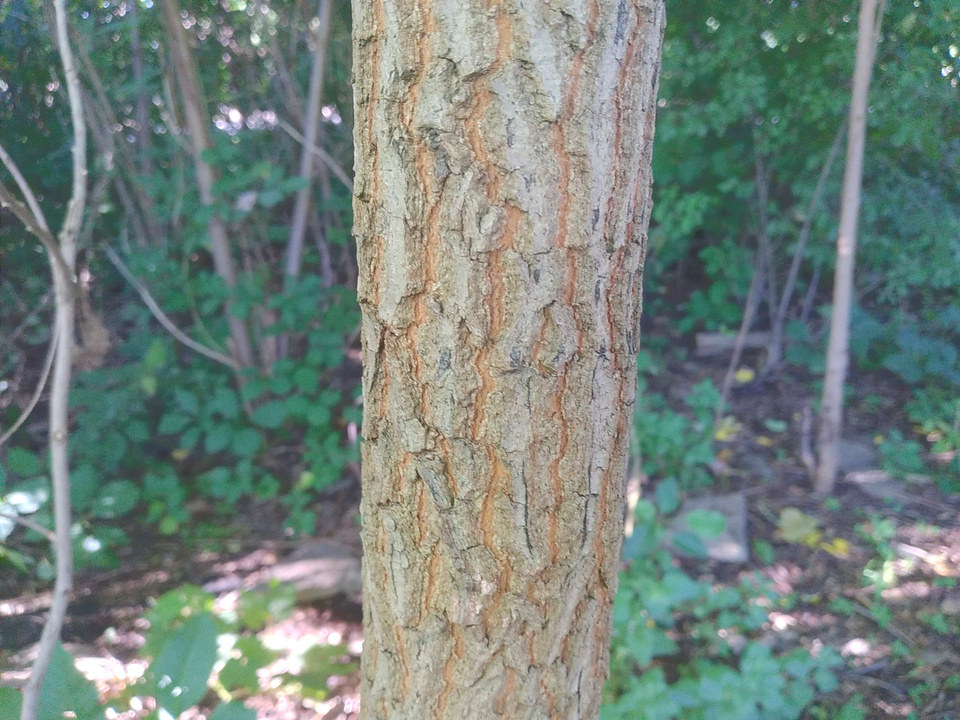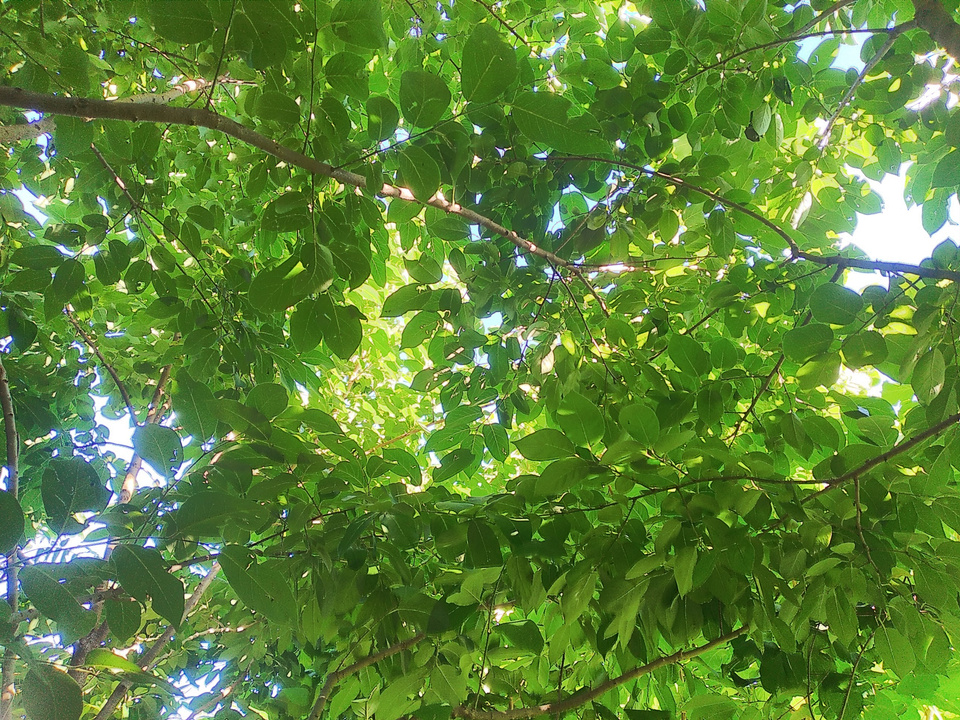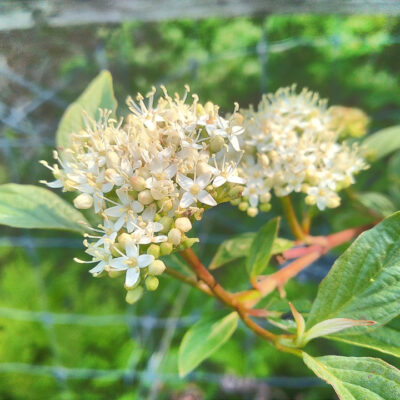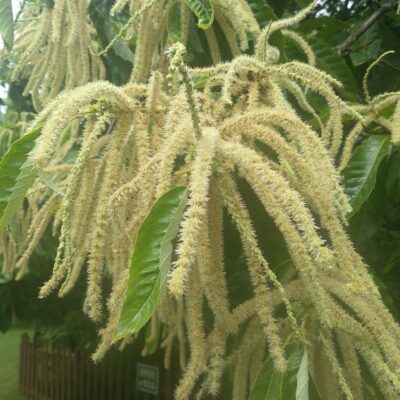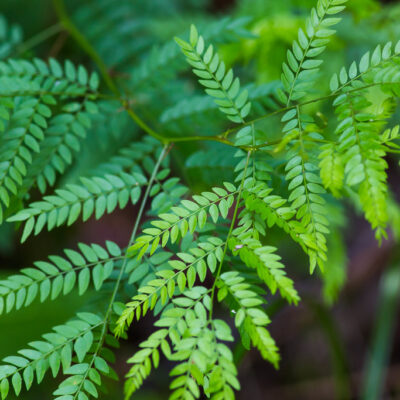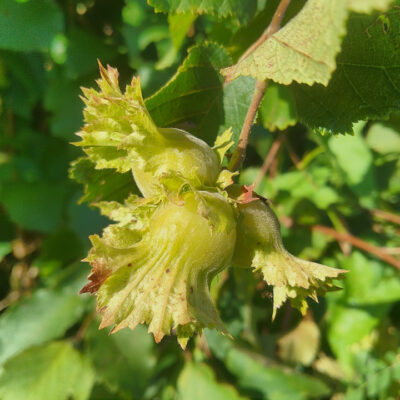American persimmon has a lot to offer!
The persimmon fruit seen in Asian grocery stores is the Asian persimmon, which does not come from a cold-hardy tree. The fruit of American persimmon, the species we are offering, can look a little funny! It is usually ripe AFTER frosts, when the skin has started to wrinkle. But the sweetness will only continue to increase as the cold weather progresses, with a sugar content which eventually rivals the sweetness of maple syrup!
Ecologically, persimmon grows in similar conditions to ash. If you have ash trees on your property, consider placing a persimmon nearby. Like ash, the wood is highly valuable, however the wood of persimmon is in the ebony family, so it is very hard with very high BTUs.
Seedlings can be male or female, so plant as many trees as you can to ensure a female tree is in the mix. We recommend at least three to have a good chance of getting a female, fruit bearing tree. However, keep in mind that both male and female trees can be grafted onto later if desired. You can easily convert an tree to a renown variety using the approachable bark grafting technique. However, keeping some male parts of the trees allows for viable seeds, which can be planted to further genetic diversity and breed new varieties.
These seedlings come from great genetics in long established cold-hardy plantings in New York State and Indiana.
Growth Parameters:
Typically you can expect persimmons to become mid sized trees at maturity, roughly 20 to 30 feet. However, in more southern zones, much more substantial growth may take place, so be prepared!
Persimmons can certainly be planted in shady areas and grow well, waiting for their chance to spring up into the canopy. Like most fruit though, more sun means faster growth and more productivity with fruiting.
These trees are also very tolerant of black walnut! Enjoy the opportunity to diversify your planting near these highly influential trees.
